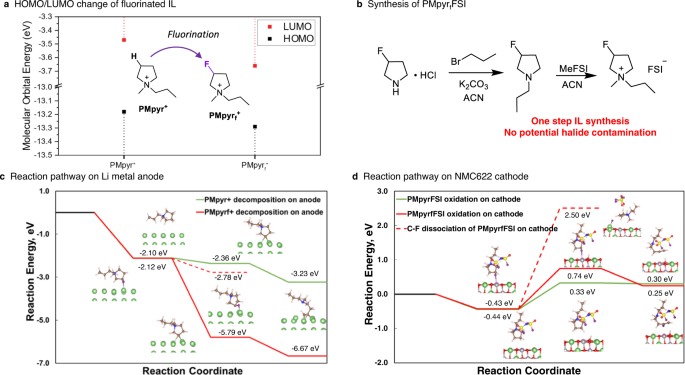2023-06-29 ニューサウスウェールズ大学(UNSW)
◆この惑星は、死にゆく赤色巨星に近く、通常は消えてしまうはずの領域に存在しています。これは驚くべき生存者であり、星と惑星の進化に関する従来の理解を覆す可能性があります。
<関連情報>
- https://newsroom.unsw.edu.au/news/science-tech/planet-survived-death-sentence-%E2%80%93-and-astronomers-don%E2%80%99t-know-how
- https://www.nature.com/articles/s41586-023-06029-0
巨大惑星が恒星に飲み込まれるのを免れる A close-in giant planet escapes engulfment by its star
Marc Hon,Daniel Huber,Nicholas Z. Rui,Jim Fuller,Dimitri Veras,James S. Kuszlewicz,Oleg Kochukhov,Amalie Stokholm,Jakob Lysgaard Rørsted,Mutlu Yıldız,Zeynep Çelik Orhan,Sibel Örtel,Chen Jiang,Daniel R. Hey,Howard Isaacson,Jingwen Zhang,Mathieu Vrard,Keivan G. Stassun,Benjamin J. Shappee,Jamie Tayar,Zachary R. Claytor,Corey Beard,Timothy R. Bedding,Casey Brinkman,Tiago L. Campante,William J. Chaplin,Ashley Chontos,Steven Giacalone,Rae Holcomb,Andrew W. Howard,Jack Lubin,Mason MacDougall,Benjamin T. Montet,Joseph M. A. Murphy,Joel Ong,Daria Pidhorodetska,Alex S. Polanski,Malena Rice,Dennis Stello,Dakotah Tyler,Judah Van Zandt & Lauren M. Weiss
Nature Published:28 June 2023
DOI:https://doi.org/10.1038/s41586-023-06029-0

Abstract
When main-sequence stars expand into red giants, they are expected to engulf close-in planets1,2,3,4,5. Until now, the absence of planets with short orbital periods around post-expansion, core-helium-burning red giants6,7,8 has been interpreted as evidence that short-period planets around Sun-like stars do not survive the giant expansion phase of their host stars9. Here we present the discovery that the giant planet 8 Ursae Minoris b10 orbits a core-helium-burning red giant. At a distance of only 0.5 AU from its host star, the planet would have been engulfed by its host star, which is predicted by standard single-star evolution to have previously expanded to a radius of 0.7 AU. Given the brief lifetime of helium-burning giants, the nearly circular orbit of the planet is challenging to reconcile with scenarios in which the planet survives by having a distant orbit initially. Instead, the planet may have avoided engulfment through a stellar merger that either altered the evolution of the host star or produced 8 Ursae Minoris b as a second-generation planet11. This system shows that core-helium-burning red giants can harbour close planets and provides evidence for the role of non-canonical stellar evolution in the extended survival of late-stage exoplanetary systems.



